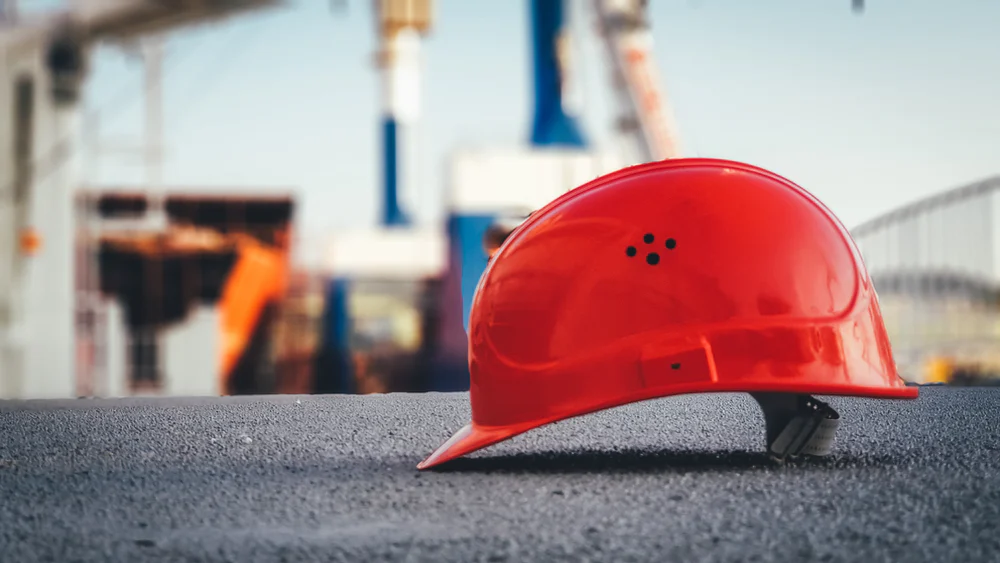Your company’s warehouse is considered your business’s engine. In this complex engine system, we find a large variety of warehouse gear and equipment used by warehouse workers across different areas of the business operations. The right tools and machines are supposed to complement the human effort performed by your warehouse employees. This is why choosing the right equipment is very important for your company’s time, money, and efforts. Moreover, OSHA sets several provisions concerning warehouse facilities, their safety, and the way they’re used in order to protect warehouse workers from workplace hazards. It’s essential that you keep their warehouse guidelines in mind before choosing the type of equipment you want to add to your warehouse. In this guide, we go over the most important warehouse equipment and how each of them can impact your operations.
General Safety Equipment
Warehouse workers are exposed to many workplace hazards working with pallets of merchandise and industrial vehicles on a daily basis. For that reason, their occupation requires a few safety essentials that are included in every warehouse checklist. Let’s take a look at some of these essential tools.
Railings
Your warehouse should include two types of rails, handrails and barrier rails. While railings protect workers from falls and slips in production areas, barrier rails protect your structures from potential damage resulting from the misuse of industrial vehicles.
First Aid Kits
There are a few standard items that need to be included in every warehouse’s first aid kit, however, there are two types of first aid kits. There are Class A kits containing the regular burn treatments, bandages, and alcohol or any different antiseptic, and Class B kits that also include specialized tools for warehouse accidents with serious safety risks.
Barricades
You need barricades when you need to restrict access to certain unsafe areas in your workhouse due to ongoing construction. You can either opt for foldable barricades or magnetic barriers as a low-cost alternative to mark areas that are off-limits.
Mirrors
A warehouse is always busy and high in traffic. You’ll need to increase the visibility in your warehouse by installing safety mirrors that prevent workplace accidents. Being able to see everything from all angles is critical for your warehouse employees due to the nature of their working environment.

Hard Hats
If your warehouse contains even the slightest hazards of objects that can fall onto workers’ heads, it’s imperative that you opt for hard hats. They are particularly important for storage facility workers who use forklifts to move products.
Anti-Fatigue and Anti-Slip Mats
Employees who spend the longest time standing or moving around during their shifts are more susceptible to slipping and falling. The more time they spend standing up, the more chances they have of falling and slipping. Make sure you opt for anti-fatigue mats that soften your ground’s hard surface and make it more comfortable for workers who spent most of their time in the production area.
Safety Signs
Although many believe that safety signs are pointless, they are very effective in signaling hazards and keeping everyone safe. Especially in high-traffic areas, where potential risks can go unnoticed. Make sure to make your signs visible so that all workers can see them while working.
Productivity Equipment
These include material handling equipment and conveyors that transport cargo from one side of your company’s warehouse to the other side. These machines can significantly speed up the processes of disbursing new parcels and receiving inventory. The material handling equipment includes industrial machines that help in storing and sorting company products. Invest in pallet jacks, hand trucks, and used Hyster forklifts to save the cost of new equipment and include everything on your list. However, make sure to test your industrial machinery and ensure its safety before letting your warehouse workers use any newly purchased equipment.
Loading Dock Safety Equipment
These equipment are used to prevent employee injuries that take place in the loading dock area. For example, both the warehouse manager and operators of industrial vehicles need to have fast access to wheel blocks in order to stop machinery unintentional movement. An incident of unintentional vehicle mobility can lead to the injury of both the driver and other employees around them. That said, it’s also vital for warehouses to have dock guide lights for visual assistance in that area.
Running or managing a warehouse is never an easy task. Especially with the nature of work there that puts many workers at daily risks. That’s why OSHA put many warehouse safety provisions in place to ensure these employees are working under safe conditions. OSHA’s guidelines and safety standards dictate the type of warehouse equipment that should be used by registered corporations in order to protect warehouse workers. The listed equipment complies with the OSHA guidelines and ensures your business maintains a smooth workflow.


